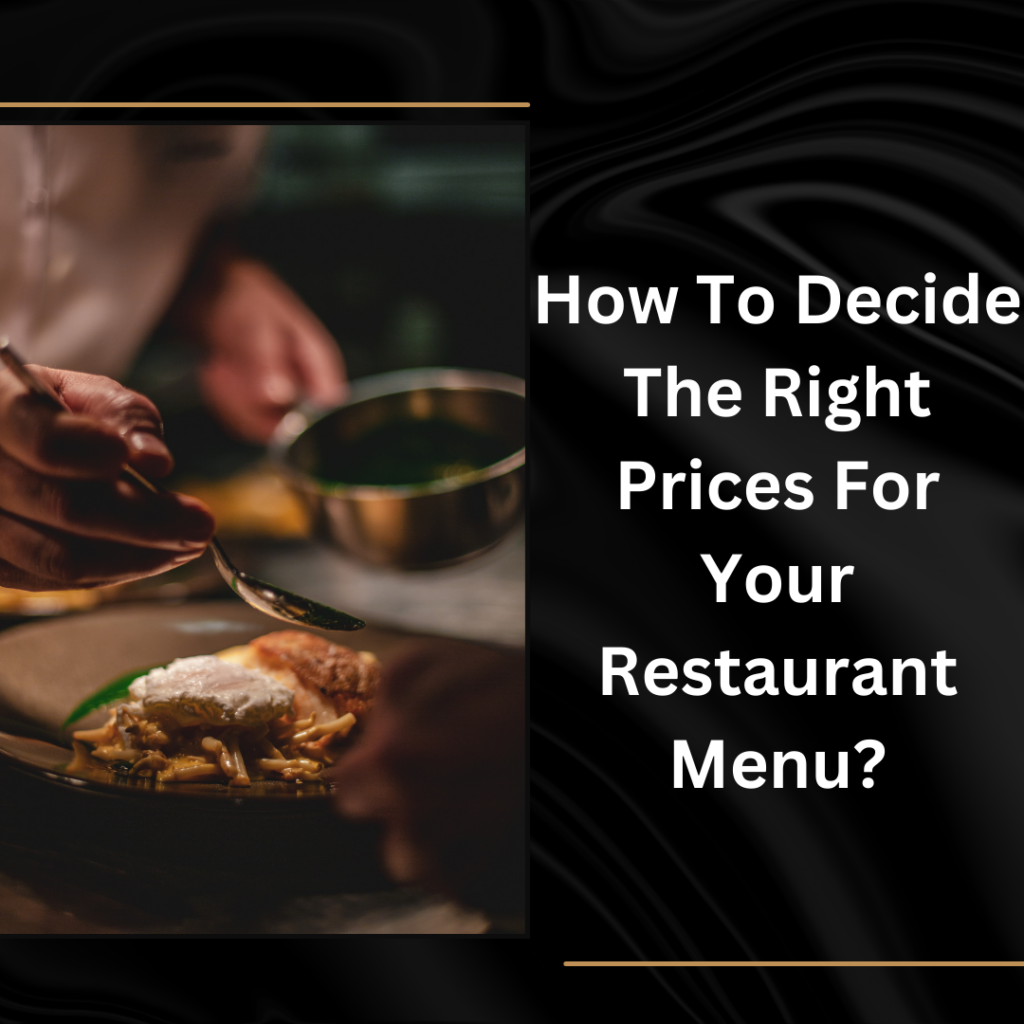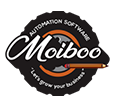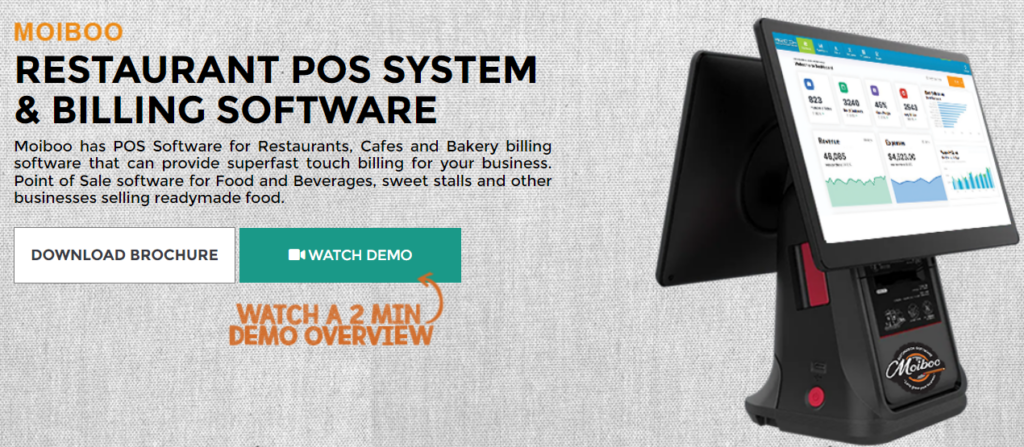Optimizing your restaurant menu in Singapore is not only about strategizing right. It would be best if you were involved in researching an effective strategy to earn loyal customers and help you earn better revenues. The menu’s food items need to be well-researched, without question, and should be in line with the restaurant’s theme or cuisine. The pricing, however, is like walking a thin line where the price is finely balanced with the demand and supply conditions.
Also, menu pricing is crucial for a long-term business too. When the restaurant menu’s food items are priced appropriately, you will not only build a loyal customer base and successfully drive newer business but it also helps your restaurant business earn higher revenues and become a leading choice of Singaporeans in the next few years.
Singapore has more than 20,000 eateries with a population of about five million. Michelin-star chefs to roadside hustles mark the food and beverage landscape here. So, how do the best restaurants get the job of fixing the right price done so strategically?

Table of content
- What is menu pricing?
- Factors to consider while determining the menu price
- Direct costs
- Indirect costs
- Overheads
- Seasonal costs
- Service costs
- The menu price of competitors
- Understanding your customers
- Key Terms to understand
- Menu Pricing Strategies
- Menu pricing – the traditional way
- Menu pricing – Cost Plus Mark up strategy
- Conclusion
What is Restaurant Menu Pricing?
The term ‘menu pricing’ means deciding the charge or the selling price of every dish on your restaurant menu. Typically, the price of a dish has a few determinants:
- The preparation costs of the dish
- The overhead expenses
- The desired profit on the dish.
Guesswork usually does not work when fixing the prices of every dish on the menu. It would be best to keep your customer profile and budgets in mind while ensuring that your profits are not compromised.
Factors to Consider while Determining the Menu Price
Costs – the bottom line is that the restaurant menu pricing will largely depend on the cost of preparing the food. You need to consider the cost of the raw materials, the labor expenses, the overheads, seasonal costs, etc., before reaching a relevant price.
Direct costs are the costs incurred for raw materials like vegetables, fruits, spices, etc. It also takes into account the food waste.
Indirect costs are additional costs that you incur to add value to the dish. For example, expenses for the cutlery or the lighting are categorized as indirect costs. Labor costs are considered as part of indirect costs. While in the P&L, the labor costs are entered under Salaries, the salaries and wages are clubbed under indirect costs for menu pricing.
It includes the Food production department’s salaries, including the Chef, etc., and the Food Servicing department, including the waiters, managers, etc.
Overhead expenses are expenses that are elemental to running the restaurant. For example, electricity, air-conditioning, marketing, promotional campaigns, etc.
Seasonal costs also need to be addressed while menu pricing. It is because prices of raw materials or indirect costs, or overhead expenses can change with changing seasons.
Service costs are the fifth type of cost that a restaurant owner needs to bear and has to keep in mind while pricing the restaurant menu. For example, in a fine dining restaurant, the cost of servicing a customer will be much higher than in a takeaway restaurant. Therefore, the owner needs to bear this important parameter in mind while fixing the dishes’ price.
The Menu Price of Competitors
As a restaurant owner or manager, you should not only be limited to looking into the costs borne by your entity. It is important to look and compare at how others in your niche have priced their menu. It is vital because that is how your restaurant can drive profits and revenues.
Understanding the competitive landscape means thorough market research. It means knowing what the pricing boundaries are – the highest and the lowest prices in the market in your domain. It gives you the bandwidth to play with.
Understanding your Customers

The customer is central to your restaurant business. Every strategy is created and evolved around the customer. It is necessary to understand the psychology of your target market. Your menu prices should not be driving them away. And, it should be too cheaply priced that premium customers stay away. All in all, the menu price should be aligned with your business goals and help build a strong image in the market.
Key Terms to Understand
- Food cost percentage – is the cost of the food for a sale of 1 Singapore dollar.
- Gross profit percentage – is the profit earned for a sale of 1 Singapore dollar.
- Net Profit percentage – the net profit earned for a sale of 1 Singapore dollar.
- Markup percentage – is the hike up of the original selling price, expressed as a percentage.
Menu Pricing Strategies
Menu pricing – the traditional way
The conventional pricing methods on the menu were mostly based on using the owner’s intuition or the competitor’s pricing. Sometimes, it also depends on how a leading and prominent restaurant prices the items, and many a time, the prices are fixed using customer feedback and market research.
Menu pricing – Cost Plus Mark up strategy
Most modern-day restaurateurs usually follow this method of pricing. It involves using key terms like the net and gross profit percentage, markup percentage, and food cost percentage.
The first step is to calculate all the costs involved in preparing a dish- direct, indirect, overheads, seasonal, and service costs. The second step is to mark up the cost with the expected net or gross profit or markup percentage. While marking up the price, restauranters consider customer feedback, competitor pricing, and leader pricing to reach a target price.
Conclusion
It is never a bed of roses – strategizing the restaurant menu price. Nonetheless, it is an indispensable process that plays an essential role in how successful your business will turn out. Pay attention to the food and raw material costs. Also, do not ignore the overhead and service costs.
Remember, pricing also determines your investments, so ensure that you go about the work with caution and use modern tools to help you reach optimized prices. It is crucial to present the rightly-priced menu to your customers so that you can build a strong network of loyal clientele before long.
If you are in need of a restaurant POS system and billing software, we recommend giving Moiboo a try. It is a PSG Grant pre-approved touch-based billing software designed for maximum efficiency and can help manage various aspects of your restaurant’s operations, including inventory and billing, with ease.
By using Moiboo, you can ensure that your restaurant runs smoothly and efficiently. click here to request a free demo and please feel free to call for more details: +65 9895 1817
FAQS:
How to plan a restaurant menu?
Planning a restaurant menu involves several steps such as determining the restaurant’s concept and target audience, considering seasonal and available ingredients, categorizing menu items, developing unique and visually appealing dishes, pricing items competitively, testing the menu, and updating it regularly with new items and seasonal ingredients.
By carefully considering each of these steps, you can create a well-rounded menu that satisfies your business’s needs and the preferences of your customers.
Which pricing plan is ideal for a restaurant?
One of the most popular pricing methods is cost-plus pricing. This method is fairly simple to use and a reliable framework for setting food item prices. Calculate all of the costs involved in producing a meal, then add the appropriate profit margins.
How do you determine the price of food in a restaurant?
Add the values of your initial supply and your purchases together, then deduct the significance of your ending storage from the total to determine your food cost percentage. Then, divide the outcome by the total amount of food you sold.

